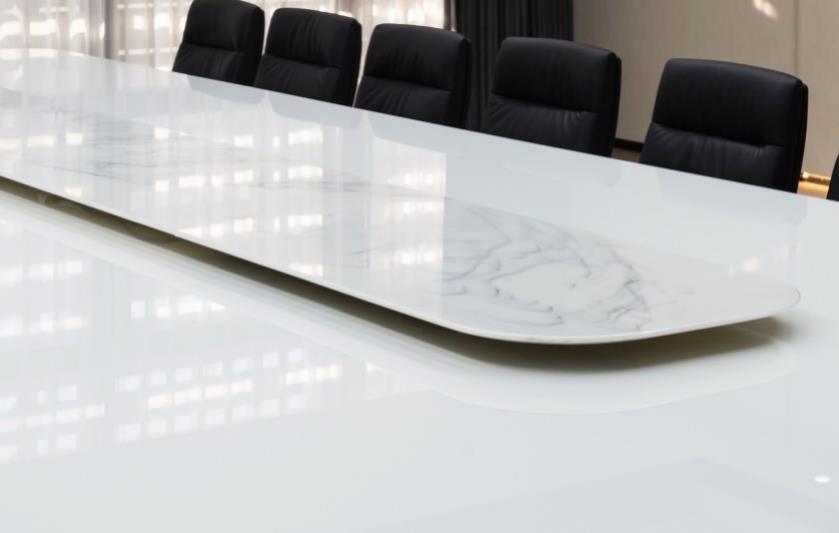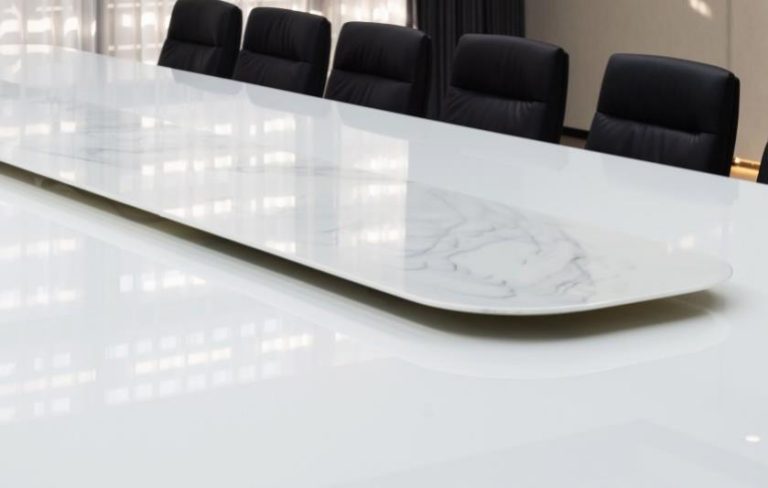The Differences Between Crystallized Glass Slab and Marble In the realm of architecture and interior design, the choice of materials plays a crucial role in…
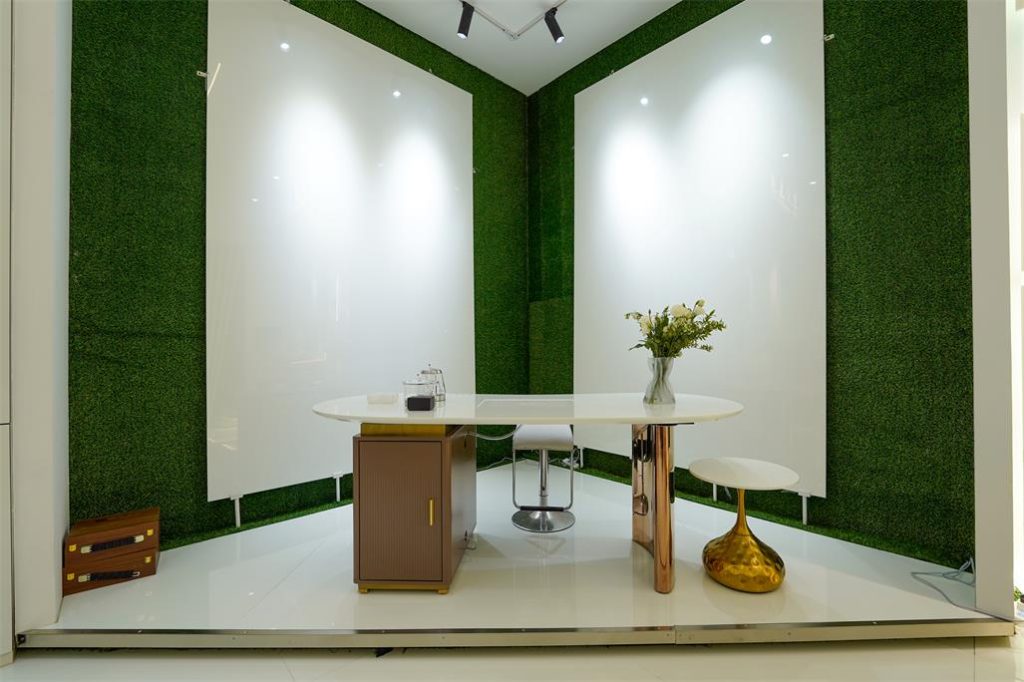
The Differences Between Crystallized Glass Slab and Marble
In the realm of architecture and interior design, the choice of materials plays a crucial role in determining the aesthetic, functionality, and durability of a project. Among the various options available, crystallized glass slabs and marble are two prominent materials that often come under consideration. While both materials are revered for their beauty and utility, they exhibit distinct differences in composition, performance, maintenance, and environmental impact. This essay explores these differences to provide a comprehensive understanding of crystallized glass slabs and marble.
Composition and Formation
Marble is a natural metamorphic rock formed from limestone subjected to intense heat and pressure over millions of years. This geological process results in a dense, crystalline structure that is characterized by its unique veining patterns and a wide range of colors, depending on the mineral impurities present during formation. Each piece of marble is unique, reflecting the natural processes that created it.
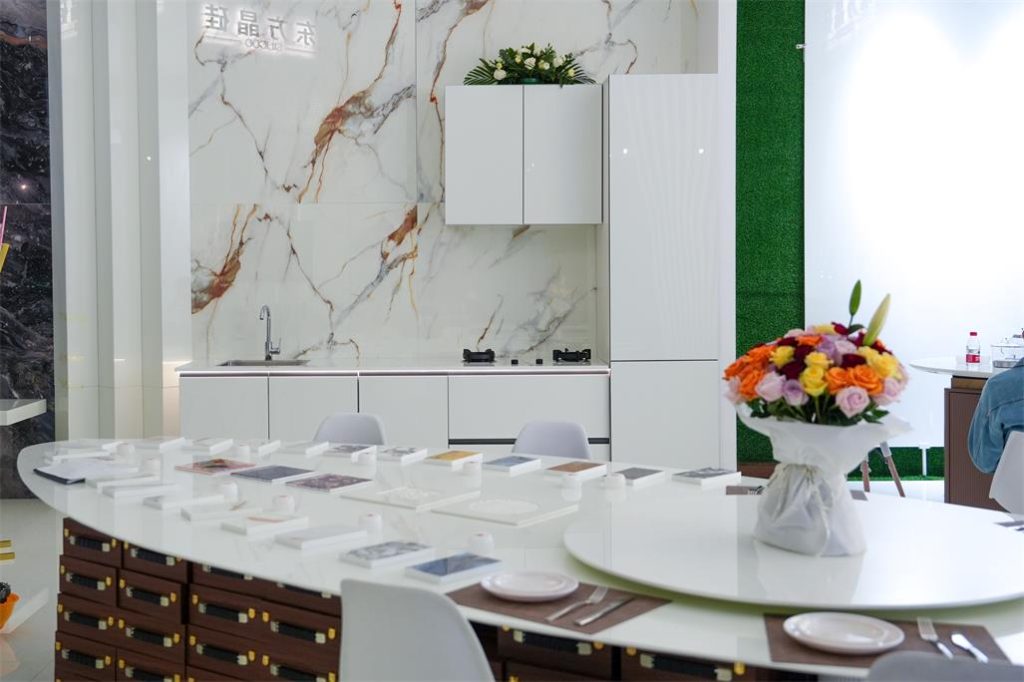
In contrast, crystallized glass slabs, also known as nano glass or crystallized stone, are engineered materials made from silica and other natural minerals. The manufacturing process involves melting these components at high temperatures and then allowing them to cool and crystallize under controlled conditions. This engineered approach results in a material that mimics the appearance of natural stone but offers enhanced performance characteristics.
Performance and Durability
When it comes to performance, crystallized glass slabs generally outperform marble in several key areas. Crystallized glass slabs are non-porous, making them highly resistant to staining, scratching, and moisture. This non-porous nature also means they do not harbor bacteria or mold, contributing to a more hygienic surface. The material is highly durable and can withstand significant wear and tear, making it suitable for high-traffic areas and demanding applications.
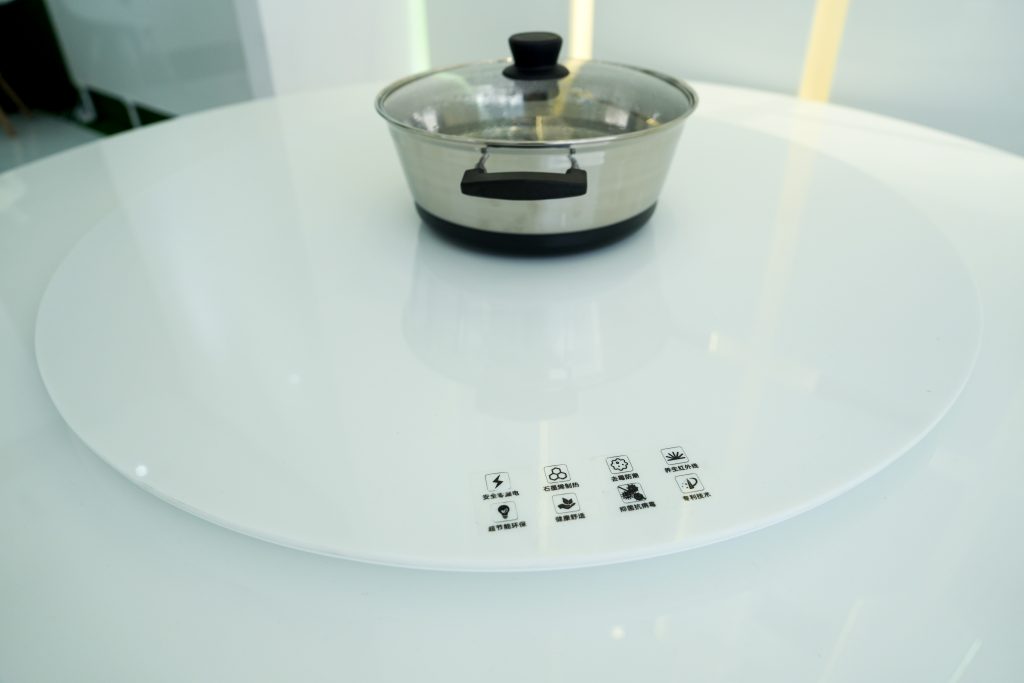
Marble, while durable, is more porous than crystallized glass. This porosity makes it susceptible to staining and etching from acidic substances, such as citrus juices or vinegar. Marble surfaces can also scratch more easily and may require regular sealing to maintain their appearance and protect against damage. Despite these vulnerabilities, marble is often prized for its timeless beauty and the natural variations that give each piece its unique character.
Aesthetic Appeal
Aesthetically, both materials offer distinct advantages. Marble is renowned for its classic, luxurious appearance. The natural veining and color variations in marble create a sense of elegance and timelessness that has been valued for centuries. Each slab of marble is unique, making it a coveted choice for high-end design projects where individuality and natural beauty are paramount.
Crystallized glass slabs, on the other hand, offer a more consistent and uniform appearance. They can be produced in a variety of colors and finishes, from glossy to matte, providing designers with a versatile palette to work with. While they can mimic the appearance of natural stone, including marble, they offer the added benefit of customization and consistency, which can be particularly useful in large-scale projects where uniformity is desired.
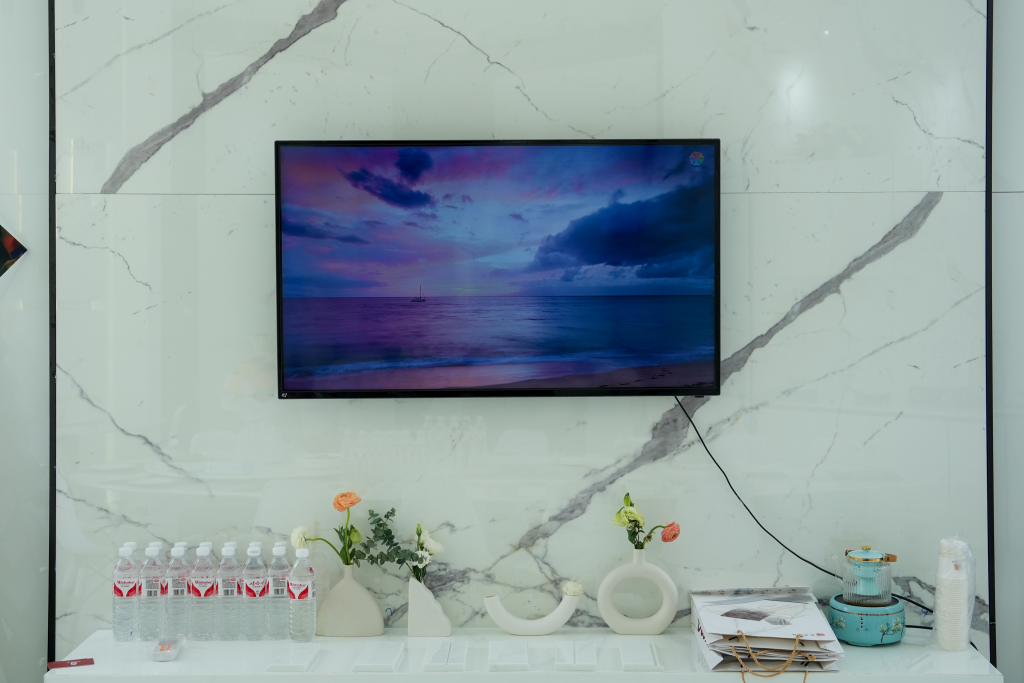
Maintenance and Care
Maintenance is another area where crystallized glass slabs have an advantage. Their non-porous surface makes them easy to clean and maintain. Spills can be wiped away without fear of staining, and regular household cleaners can be used without damaging the surface. This low-maintenance aspect makes crystallized glass slabs an attractive option for busy households and commercial spaces.
Marble, however, requires more diligent care. To preserve its beauty and prevent damage, marble surfaces need to be sealed periodically. Spills should be cleaned up promptly to avoid staining, and acidic or abrasive cleaners should be avoided to prevent etching. While the maintenance demands of marble are higher, many consider the effort worthwhile for the unmatched beauty and elegance it brings to a space.
Environmental Impact
The environmental impact of these materials also differs significantly. Marble extraction involves quarrying, which can lead to significant environmental disruption and resource depletion. The process of mining and transporting marble is energy-intensive and can result in a considerable carbon footprint.
Crystallized glass slabs, while also energy-intensive to produce, can be made using abundant natural materials. Additionally, their long lifespan and low maintenance requirements contribute to their sustainability. The ability to recycle crystallized glass at the end of its life cycle further enhances its environmental credentials.
Conclusion
In summary, crystallized glass slabs and marble each offer unique advantages and challenges, making them suitable for different applications depending on the specific needs and preferences of a project. Marble is celebrated for its natural beauty, unique patterns, and timeless appeal, making it a favorite in luxury design. Crystallized glass slabs, with their superior durability, low maintenance, and customizable aesthetics, provide a modern, practical alternative that meets the demands of contemporary architecture and design. Understanding these differences allows designers and architects to make informed choices that align with their vision and functional requirements.


